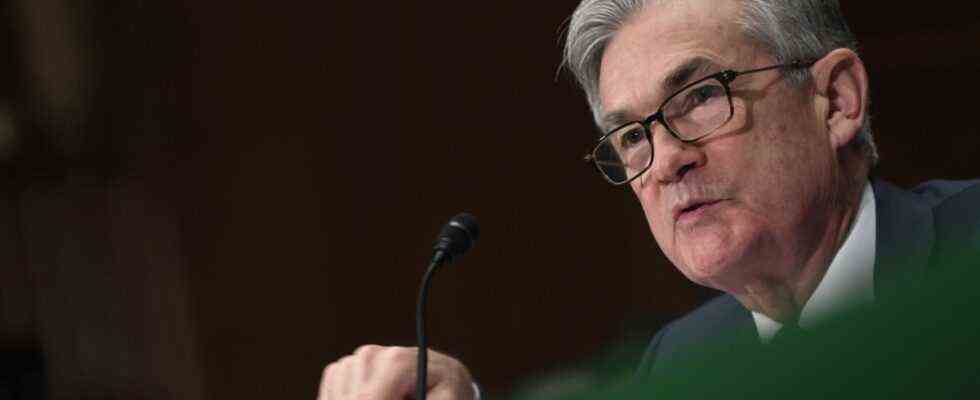Federal Reserve Chairman Jerome Powell admitted two things this week that some contemporaries still do not want to admit. First: The post-corona world will be different from the time before the pandemic. Second, nobody knows what this new world will look like exactly. That is unfortunate, because it means that politicians and central bankers, citizens and managers currently have to make decisions about the future without having a reasonably clear idea of this future. Powell and his Fed colleagues have now done just that and have decided to gradually abandon their course of unconditional economic support and focus more on fighting inflation. They deserve respect for this, because they are further ahead than, for example, the European Central Bank, which is still hesitating.
The immense price pressure in many countries is one of those phenomena of the new era that younger economists only knew from textbooks. That may be one reason why some economists still do not take the danger seriously – ignorance due to a lack of experience, so to speak. Powell also continues to hope that the wave of inflation will subside as soon as the global delivery bottlenecks caused by the pandemic have been overcome. However, he also admitted on Wednesday that no one currently knows if and when that will be the case. Against this background, the Fed’s decision to gradually discontinue its bond-buying program is a clear signal: even though the world’s most powerful central bank cannot look to the future, it is making it clear that it will not stand idly by a further escalation of inflation.
This is also significant because, in addition to the corona price drivers, there are a number of structural factors that could noticeably fuel inflation in the medium term. There is, for example, the shortage of skilled workers in aging societies like Germany’s, which will drive up wage costs and social security contributions. Added to this are the ecological restructuring of national economies, the concentration of market power in the hands of a few corporations, the trend towards more protectionism and the significant increase in salaries in previously low-wage countries.
The Fed could be even bolder without harming the economy
Of course, all of this does not mean that it makes sense to tighten monetary policy out of sheer fear of the future and thereby stall the economy without need. But that is exactly what the Fed is not doing. On the contrary: it is not allowing its special program to lower long-term interest rates to expire abruptly, but rather over an expected period of eight months. Only then could the key rate be raised for the first time. It would even be possible to proceed more quickly without harming the economy, after all, the level of key interest rates in the USA and in Europe has long been unnaturally low at zero percent. If the rates were one or two percentage points higher, they would by no means inhibit growth, but would stimulate the economy or at least be neutral. At the same time, the central banks could refill their toolbox.
Powell rightly pointed out in his press conference on Wednesday that the Fed has a second task of equal value in addition to securing price stability: combating unemployment. This should not be played down, but it is also a fact that the unemployment rate in the USA has already fallen significantly in the past few months. The monetary authorities are thus faced with the truly ungrateful weighing up to whom they are more indebted in this situation: the comparatively few who are still looking for a job, or the many who are increasingly suffering from the horrific prices for petrol, gas or food.
This is all the more true as the Fed chief himself admits that the number of employees has not yet reached the pre-crisis level because some citizens are currently unable or unwilling to work – because they have to look after children or are still afraid of it have an infection at work. But no central bank in the world can do anything about this.

